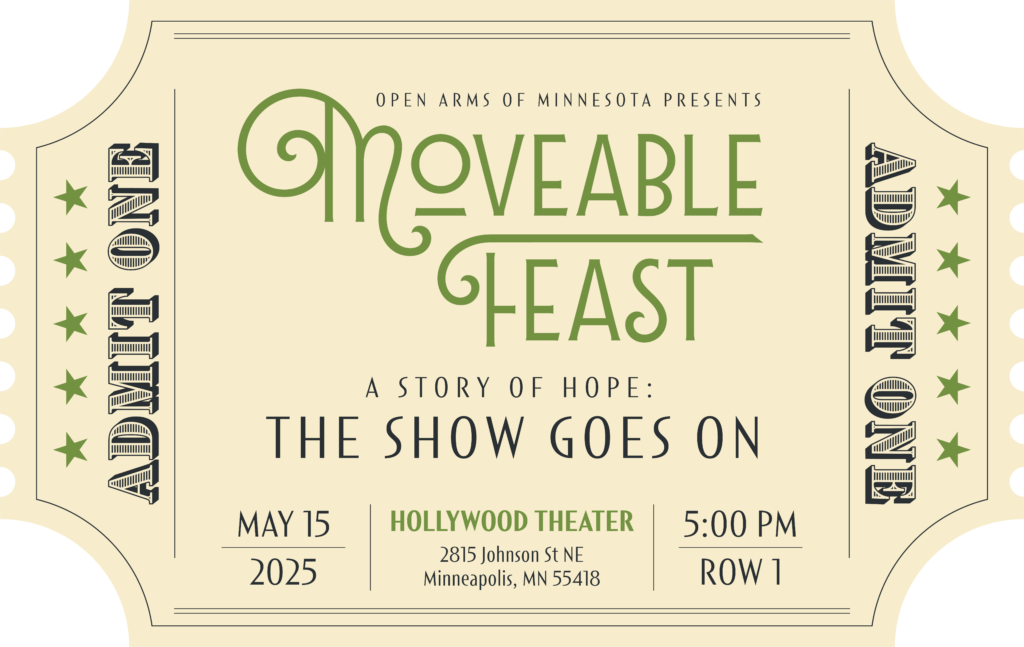For most of my career I have worked in the non-profit sector where there have been numerous rewards, but financial gain was not really one of them. I managed to save a bit and eventually I found a money manager who agreed to look at my investments and advise me. After perusing my financial data, she looked up from the single page of information I had provided her, and she asked me two questions.
“Do you like your job?” was the first.
“I love my job.” I answered honestly.
“Good. Do you like to work?” she continued.
“I love to work.” I again responded honestly.
“I’m glad, because based on the financial information you have shared with me, you will never be able to retire” was her direct assessment of my situation.
I laughed. Until I realized that the financial manager was serious. At that point I, too, became a bit more serious, sat up a little straighter in my chair, and got the one piece of financial advice that I have used ever since in my financial planning.
“You need a diverse portfolio of investments,” was the standard, though very helpful piece of advice. The money manager went on to suggest that I should invest in some high-risk stocks that held the possibility of an eventual high return. Those high-risk investments, however, should be balanced with some conservative holdings such as CDs or government bonds. The stocks haven’t performed so well in the past few months, but those U.S. Savings Bonds continue to sit in a safety deposit box slowly increasing value.
Earlier in my career, then I was trying to decide if I should abandon the profitable for-profit world for the more altruistic, but less financially rewarding world of non-profit organizations, I discovered that career counselors had adopted the language of financial planners. They were no longer interested in the color of my parachute. They wanted to know what skills I had in my “career portfolio.”
“The average person will now have 300 jobs and 11 separate and unique careers,” the career counselor told me. Well, maybe it wasn’t that many jobs and careers, but it was a seemingly large number nonetheless. And one thing was clear – it was no longer the resume that mattered. What mattered were the skills and talents that we as prospective employees possessed – skills that could easily be placed in a portfolio and taken to the next job in the event of a downsizing, or the unfortunate situation of telling your boss what she could do with your job at the company’s year-end holiday party.
Diversifying portfolios, be they investment or career portfolios, makes sense. Now it’s time to consider a new portfolio: your philanthropy portfolio.
Financial contributions by Americans to non-profit organizations and charities in 2006 exceeded $290 billion. By far the greatest share of American philanthropic support – approximately one-third of all giving – went to religious organizations for religious purposes. Education received 14% of our generosity, while health and human services, gifts to foundations, the arts, and public society followed. At the bottom of the list of American philanthropy were gifts to international concerns.
How do you prioritize and allocate your philanthropic giving? Are you like most Americans who give primarily to your place of worship and you alma mater? Do you make smaller donations to a number of organizations or larger gifts to a few causes? Do you carefully research non-profits before supporting them financially, or do you give spontaneously because you just can’t say no to the telemarketer who calls you?
The process you use for determining your charitable giving should be no different that what you use for your financial and career planning. You need a portfolio. A philanthropy portfolio.
What you place in your philanthropy portfolio – those causes and issues important enough to you that you choose to give some of your money to support them – should be a reflection of who you are as a person – who you are as a complete person.
Some charitable selections, like a religious affiliation or an educational institution, may be obvious choices for some. But is that the make-up of your total portfolio? Do one or two charitable organizations sufficiently reflect all of your interests and values?
Money managers will advise you to have more than one or two investments in your financial portfolio. Career counselors will tell you to get more skills if you have only a couple of competencies in your career portfolio. So it is with your philanthropy portfolio. The key is diversification, and there are as many ways to create a diversified philanthropy portfolio as there are organizations to contribute to.
A generalized philanthropy portfolio may be right for you. That’s a portfolio that could include your religious or spiritual community, a school, college, or hospital, public radio or television, a cultural or arts organization, and a human or social service agency. A generalized philanthropy portfolio contains a number of causes that you value and that also represent the broad scope of your interests.
A specialized philanthropy portfolio works well for someone who is passionate about a specific field. As an example, a “culture vulture” in the arts world may desire a philanthropy portfolio that focuses solely on the arts. Within that specialized portfolio, however, the donor could support a major civic orchestra, a community theater, a literary press, a museum, and/or a dance company. A specialized philanthropy portfolio is diverse, but it’s diversified within a focused area.
A geographic portfolio recognizes the ever-increasing inter-connectedness of the world. This portfolio supports causes at the local, national, and international levels. In your neighborhood, it may be a non-profit organization that you, or someone you know, have benefited from, or it may be an organization for which you volunteer. Nationally, it may be an advocacy or policy institution that works to affect change at a federal level. Internationally, it could be a well-known relief agency or a small community-based effort in a developing country. Communications, and especially the internet, has made international giving easier and much more transparent.
Just like your financial portfolio, you need to do your homework before investing in any non-profit organization or institution. Request and read their annual report and audit. Check out their website. If possible, visit the agency you are interested in supporting, and even better, volunteer to see first hand how the non-profit operates and if it is a fit with your interests. Use their services or talk to people who use them to get testimonials. And, just as you might want to know something about the CEO of a company you are thinking of investing in, find out what you can about an organization’s executive director, including her education, work experience, and commitment to the cause.
Once your philanthropy portfolio is created, don’t forget to review it on a regular basis. Over time, your interests may change and you may need to alter the contents of your portfolio to reflect those changes. Agencies and organizations will also change, and you may find that you no longer feel connected, interested, or confident in the work they are doing. That’s the time to divest your portfolio and look for new philanthropic opportunities.
As I continue along my career path, I pick up new skills and add them to my career portfolio. I have found, even in the non-profit world, that the fuller my career portfolio, the more contributions I can make to my financial portfolio. But what really excites me, what is really important to me, is my philanthropy portfolio. Through that portfolio I can express and support what it is in the world that I truly value. The return on my financial and career portfolios have
been solid, but the return on my philanthropy portfolio, and the causes and issues I can support through that portfolio, has been spectacular.








